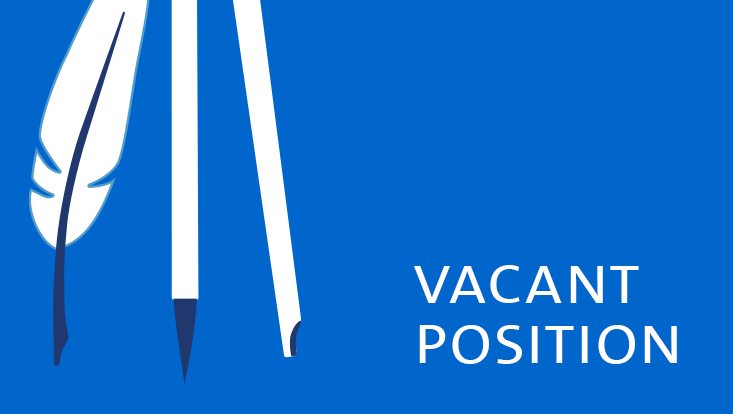Volume 21Written Artefacts and their ‘Originators’
6 August 2024

Photo: CSMC
Employing the concept of the ‘originator’ in a variety of contexts, the new volume of the manuscript cultures journal series captures the many ways in which written artefacts can attain an elevated status.
Every written artefact is unique, but only some are considered special. They are meticulously collected, bought and sold at high prices, carefully preserved, and treated with respect and even awe. Whether a work of art, a legal document, or a diary – any type of written artefact can be ascribed such a special status. What they all have in common is their particular relationship to the individuals who produce, use, or receive them. For instance, these individuals may have used particularly valuable materials for their production or assigned these objects an important role in symbolically charged actions; or they themselves have a prominent status that is transferred to a written artefact through their relation to it.
The new volume of manuscript cultures is dedicated to a series of such written artefacts and the people or institutions that make them special. The authors of the volume use the term ‘originator’ to describe these actors, which may or may not be identical to the ‘creator’ of a written artefact. The latter refers, in a narrow sense, to the producer of the physical object. The actions of an originator, in contrast, can encompass much more: they can appear as the author of the texts (where in certain cases, for example in religious contexts, authorship is not attributed to one or more people, but to God), authenticate a written artefact, or turn it into something extraordinary simply by possessing it. Even before the object is produced, they can appear as its commissioner; or, long after its production, as its researcher, whose expertise opens up a new perspective on its meaning.
In short, originators can carry out all kinds of actions that give a written artefact the prominent status of an ‘original’. These actions can already be carried out during the production process, but are by no means limited to it. Moreover, an object can have far more than just one originator. In fact, in many cases it is precisely the interplay between several actors that gives an object the status of an original.
The 14 contributions in this new volume convey an idea of the variety of scenarios and contexts in which originators appear. The examples deal with very different manuscript cultures and types of written artefacts and thus demonstrate the fruitfulness of this concept, which is the result of intensive discussions in the research field ‘Creating Originals’ at the Cluster of Excellence UWA. At the same time, instead of merely summarising this discussion, the contributions open up new questions that can be formulated with the help of this heuristic tool. For instance, are there particular kinds of originals without originators? What can be said about their motives? And what differences or parallels emerge from cross-cultural comparisons?
The volume ‘Originators: Transformation and Collaboration in the Production of Original Written Artefacts’, number 21 in the manuscript cultures series, was edited by Janine Droese, Ulla Kypta, Uta Lauer, and Jörg B. Quenzer with the support of Laura Schmalfuß. Like all other volumes, it is available open access on our website.


